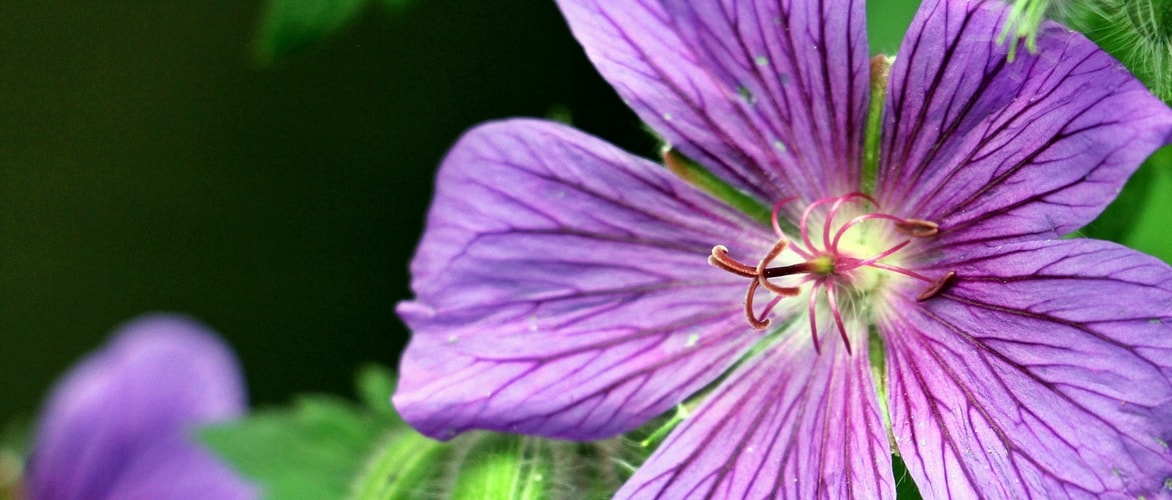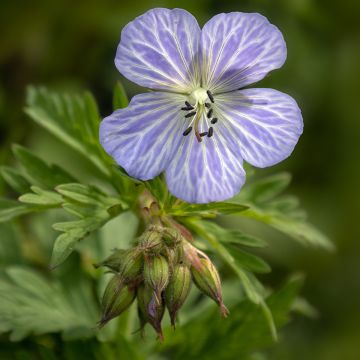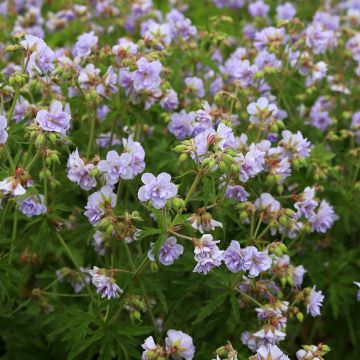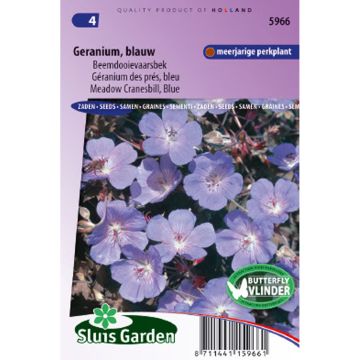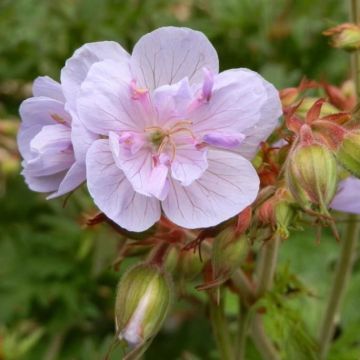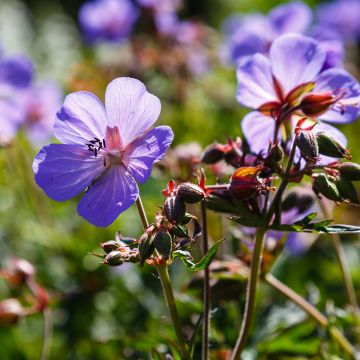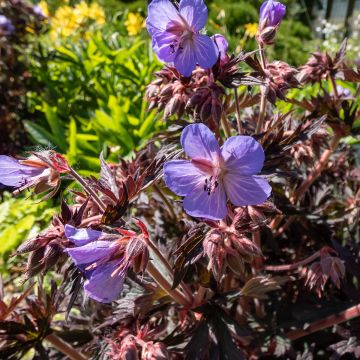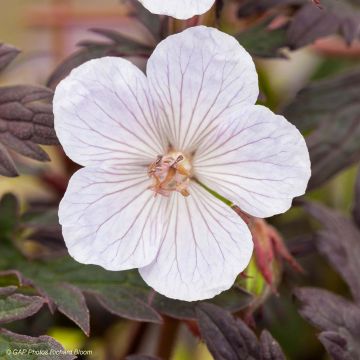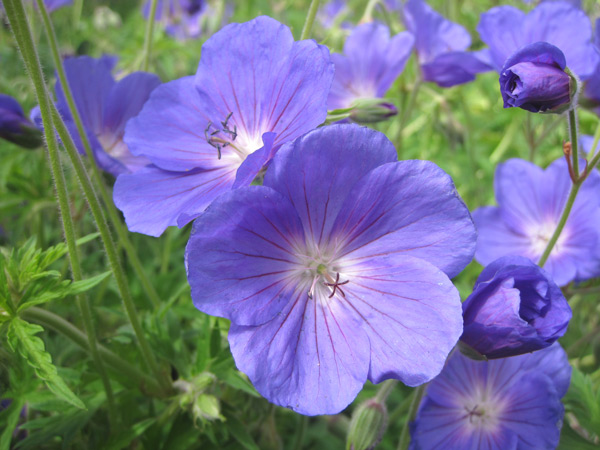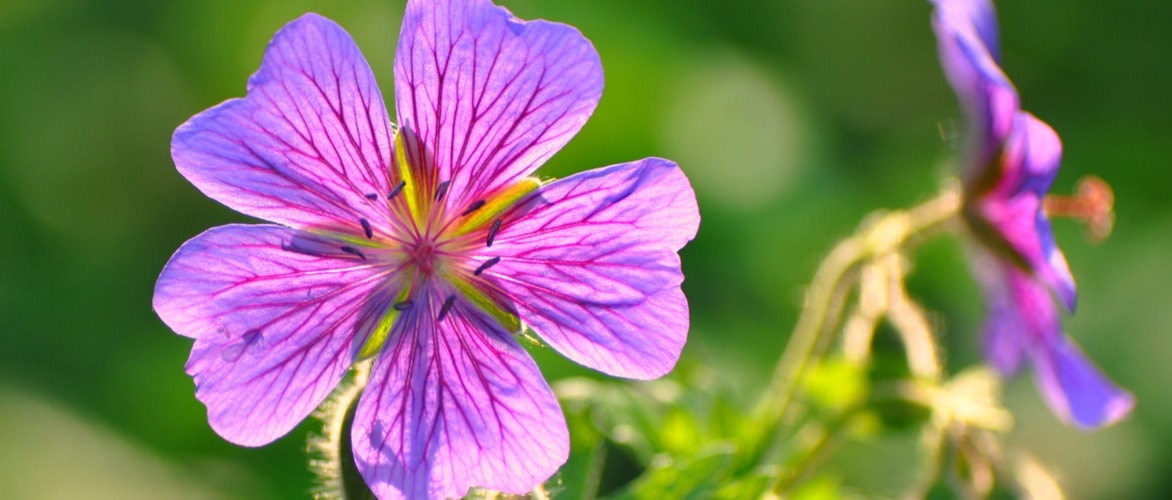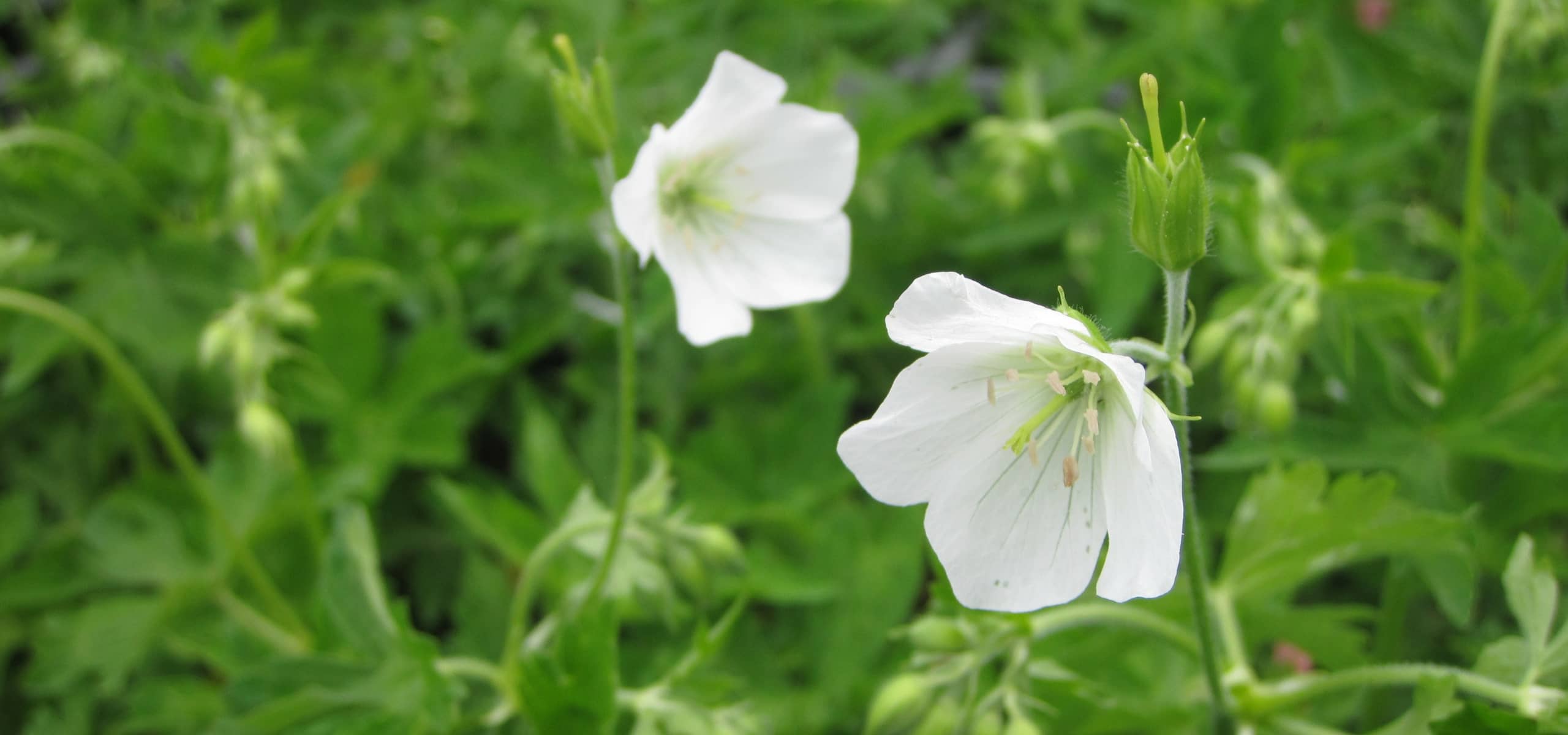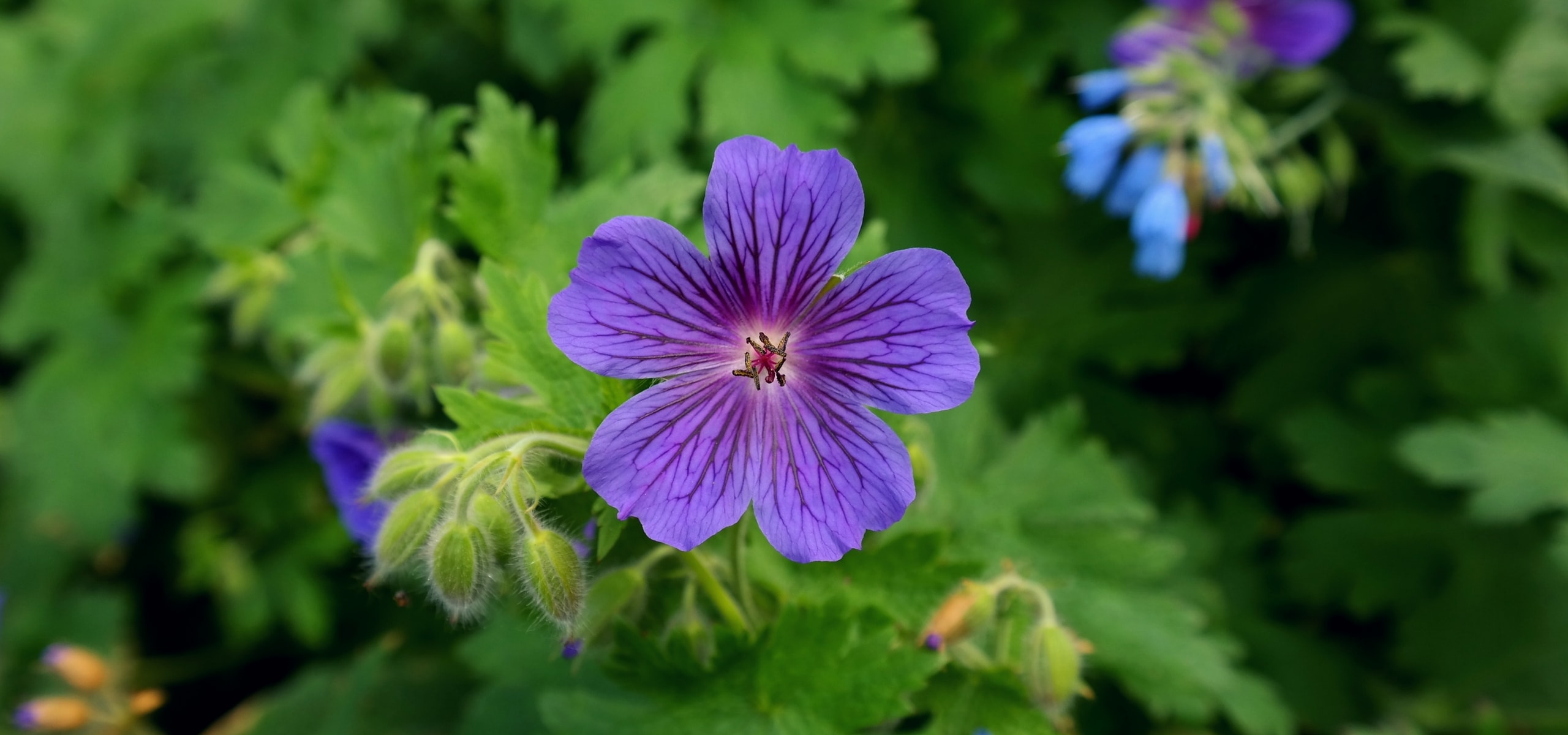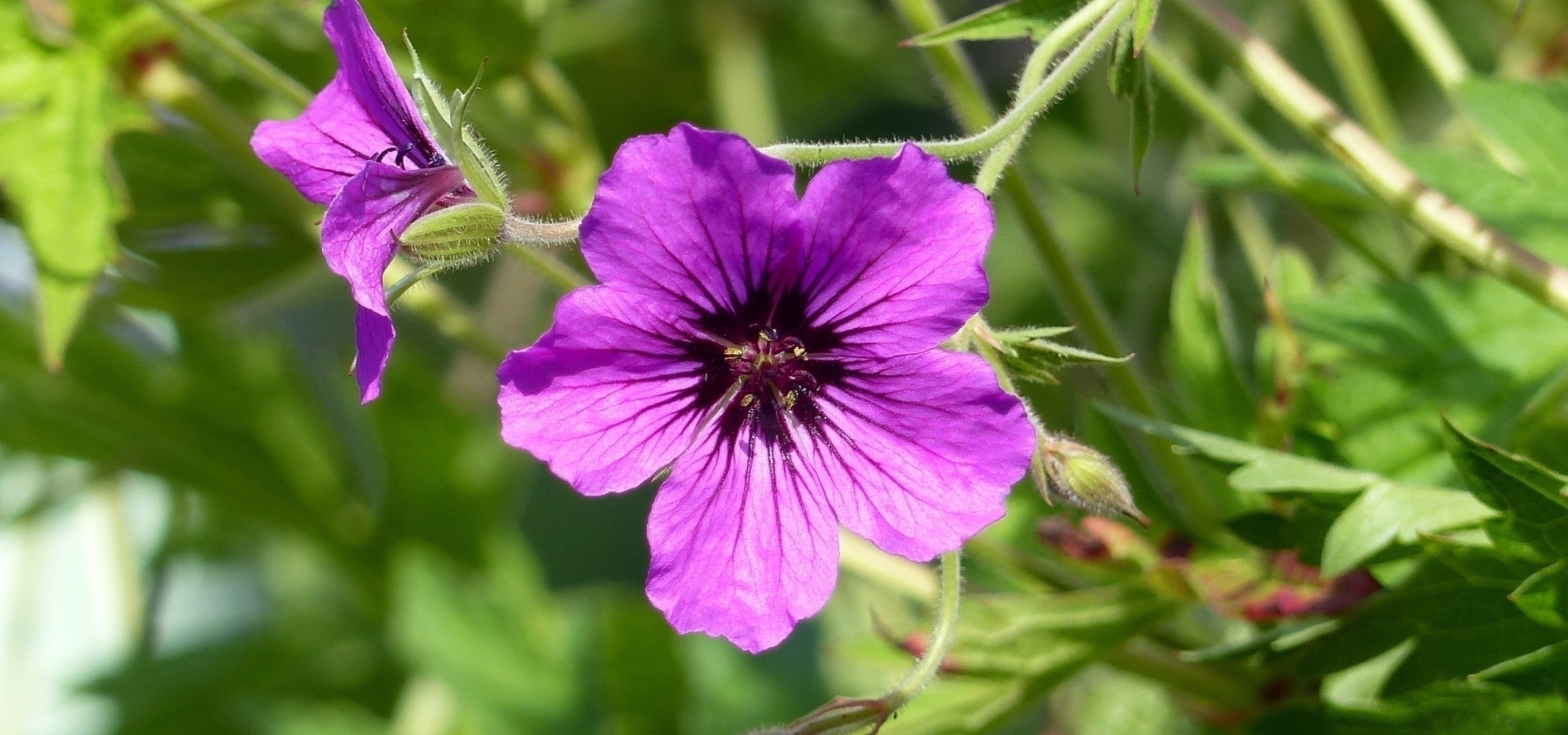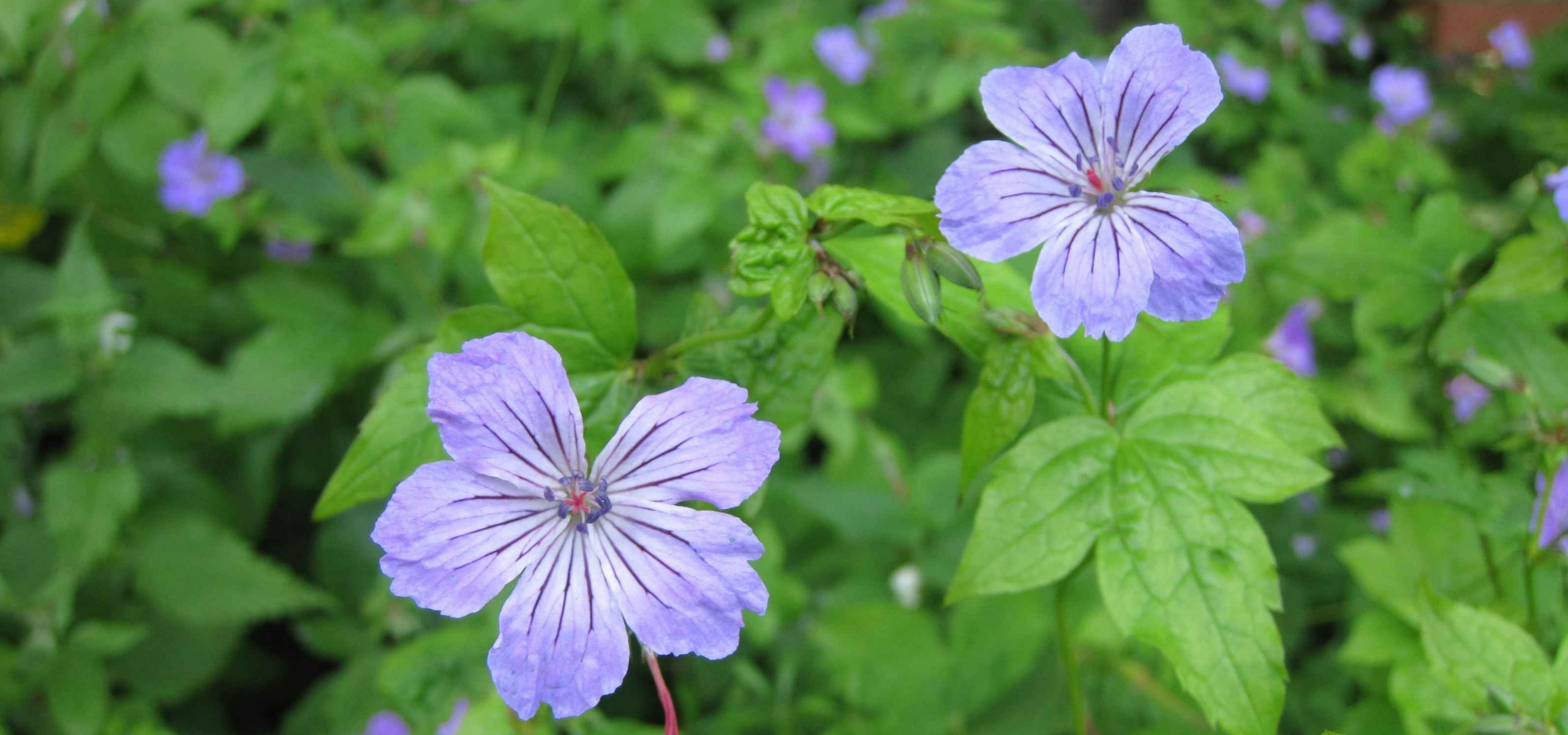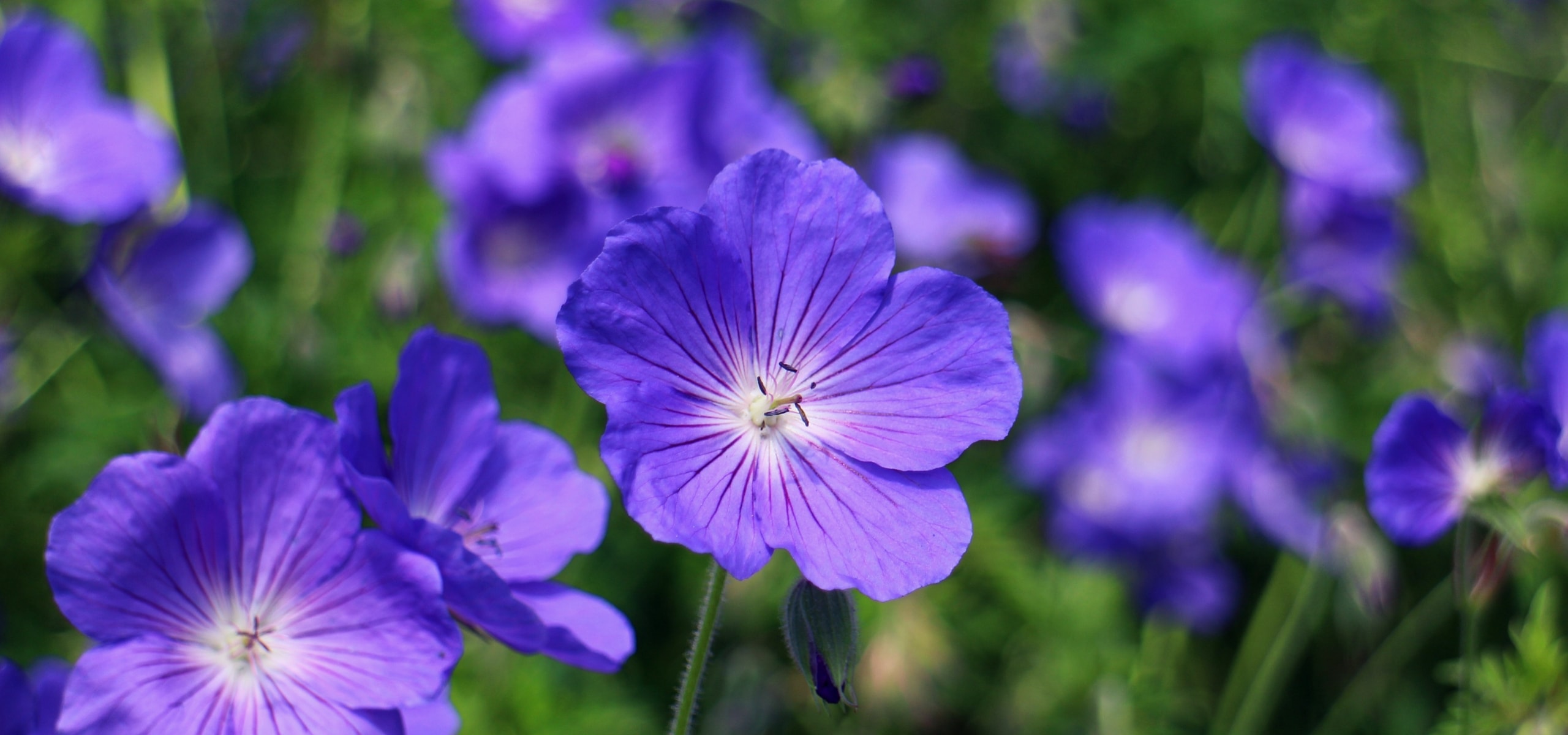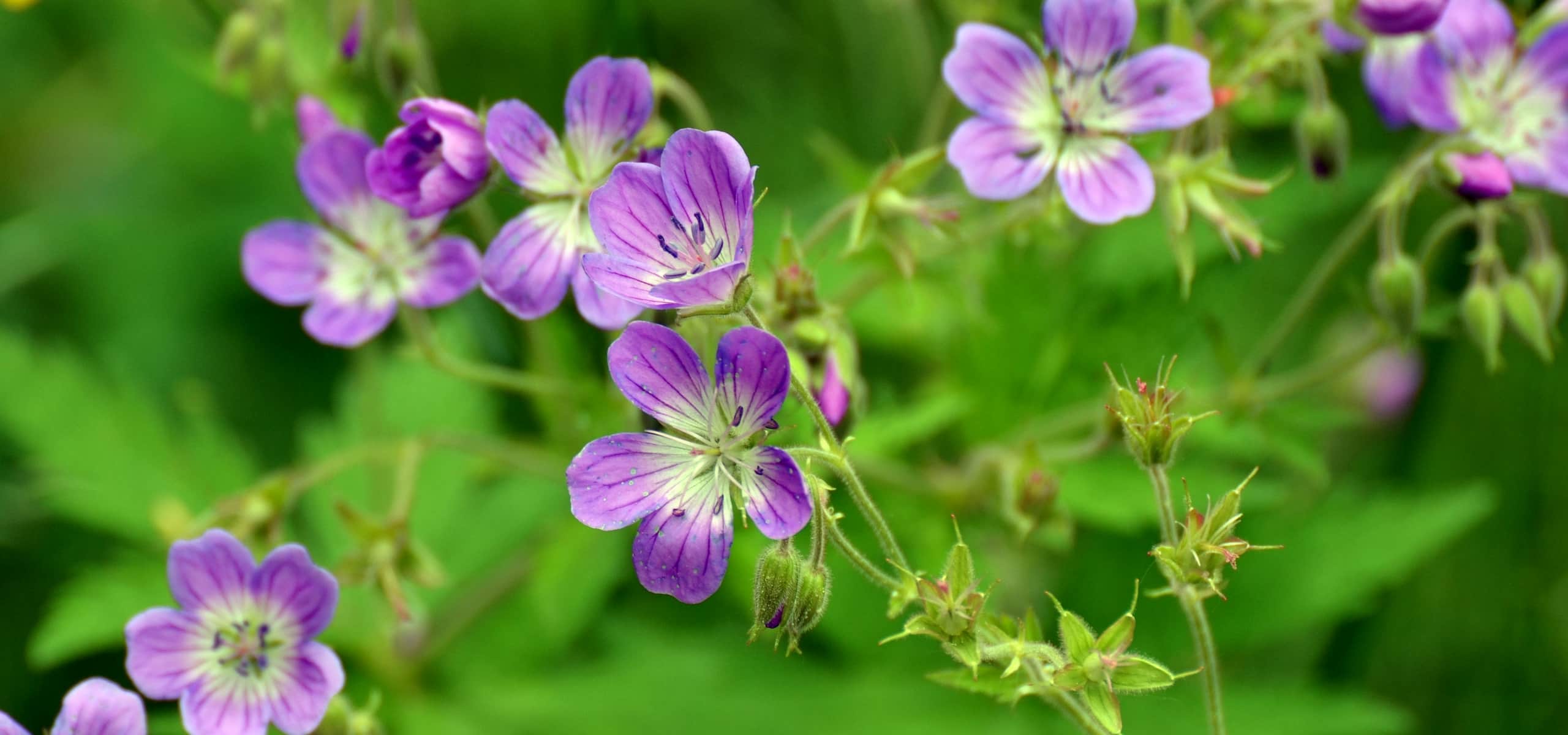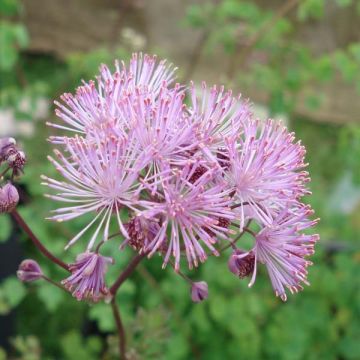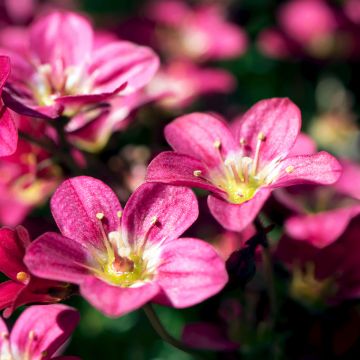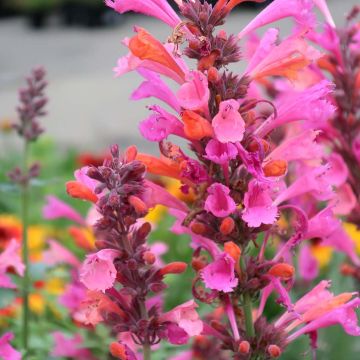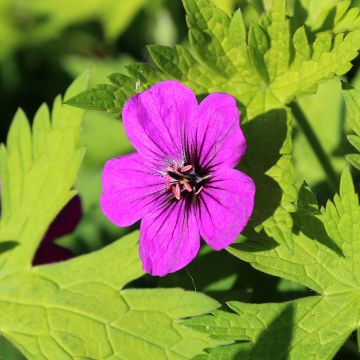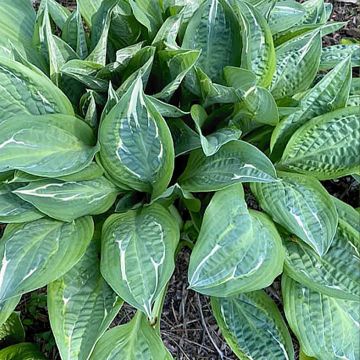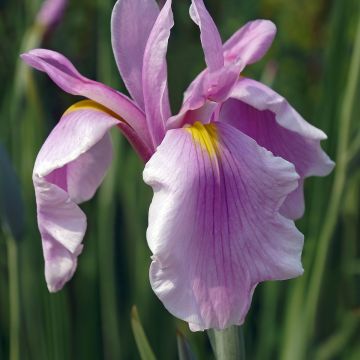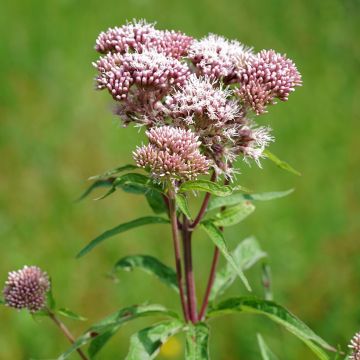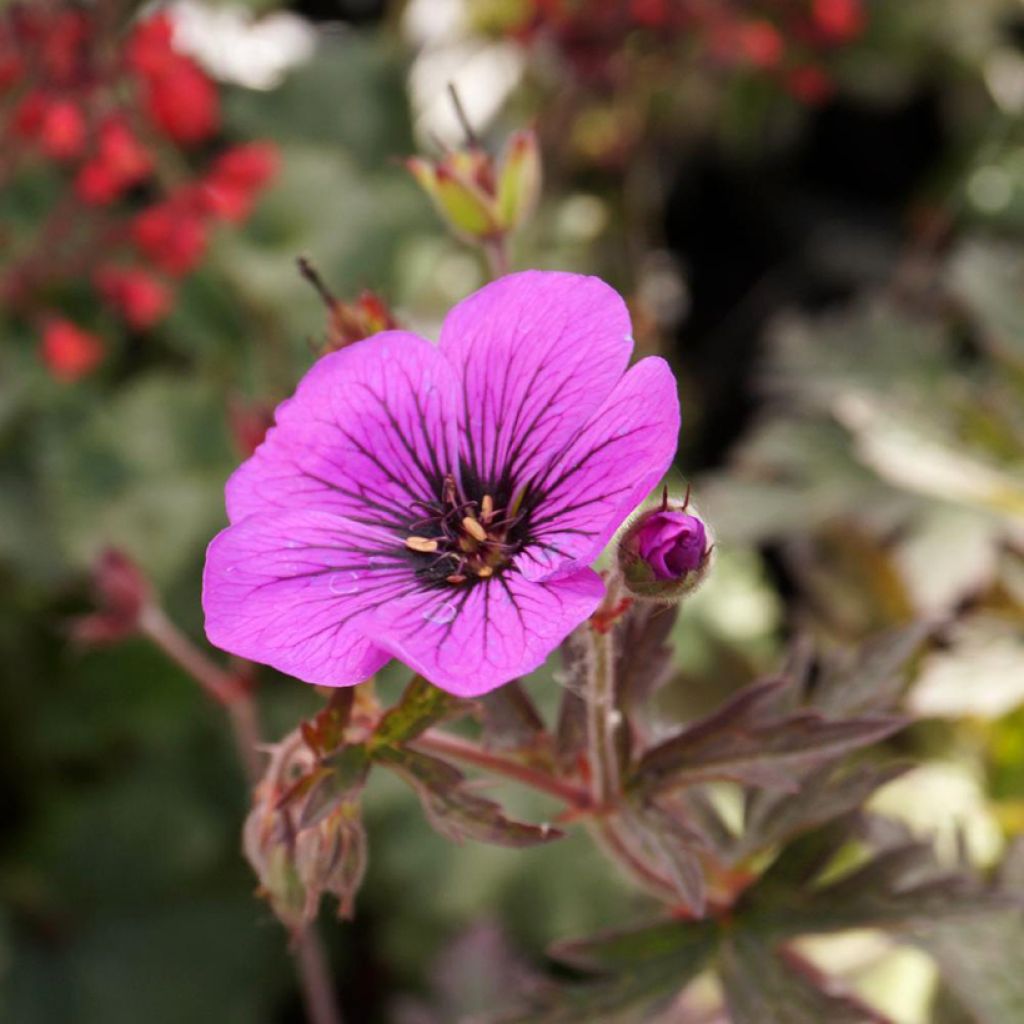

Geranium pratense Dark Eyes
Geranium pratense Dark Eyes
Geranium pratense Dark Eyes
Meadow Cranesbill, Meadow Geranium
Small plant received in perfect condition.
Jocelyne, 06/05/2025
Special offer!
Receive a €20 voucher for any order over €90 (excluding delivery costs, credit notes, and plastic-free options)!
1- Add your favorite plants to your cart.
2- Once you have reached €90, confirm your order (you can even choose the delivery date!).
3- As soon as your order is shipped, you will receive an email containing your voucher code, valid for 3 months (90 days).
Your voucher is unique and can only be used once, for any order with a minimum value of €20, excluding delivery costs.
Can be combined with other current offers, non-divisible and non-refundable.
Home or relay delivery (depending on size and destination)
Schedule delivery date,
and select date in basket
This plant carries a 12 months recovery warranty
More information
We guarantee the quality of our plants for a full growing cycle, and will replace at our expense any plant that fails to recover under normal climatic and planting conditions.

Would this plant suit my garden?
Set up your Plantfit profile →
Description
The Geranium pratense 'Dark Eyes' is a beautiful perennial geranium. It is the first geranium selection with purple foliage and carmine pink flowering. It forms an erect and robust clump of well-cut leaves, dark green tinged with very dark purple. All summer long, it is covered with single flowers in carmine pink with a black center and veined with black. This particularly dark center adds a lot of depth to the flower. It prefers slightly calcareous and not too poor soils and appreciates the sun under which it blooms more than in partial shade, especially if you take care to remove faded flowers as they appear.
The 'Dark Eyes' meadow geranium belongs to the Geraniaceae family, which includes plants well known to gardeners such as Pelargoniums that decorate balconies, or Erodiums in rockeries. But it is the Geranium genus that offers an immense range for very diverse situations in the garden. The meadow geranium is a native plant that can be found in a large part of Eurasia, from France to Siberia. It thrives in sunny limestone meadows and slopes. It is not uncommon to come across it at the edge of country roads, where the verges are only mowed once or twice a year. The plant forms a rather loose clump, with deeply cut leaves, reaching 45 cm (18in) in height and 30 cm (12in) in width. During flowering, between June and September, the stems sometimes rise up to 70 cm (28in).
Like many perennial Geraniums, the Geranium pratense 'Dark Eyes' is robust and undemanding, with a long-lasting flowering that brightens up all borders, with a rather rustic appearance. It simply needs a well-drained, preferably calcareous soil, not too dry in summer. However, once established, it can tolerate periods of dry soil. In mid-summer, you can remove faded inflorescences to encourage a second flush of flowers. Pair it with other plants with a slightly loose and wild appearance, such as columbines or field scabious. Add some verticality with clumps of ornamental garlic like 'Purple Sensation' garlic or foxgloves. Also add some clumps of grasses like Stipa tenuifolia or Calamagrostis acutiflora for their lightness. In partial shade, consider masterworts.
Geranium pratense Dark Eyes in pictures
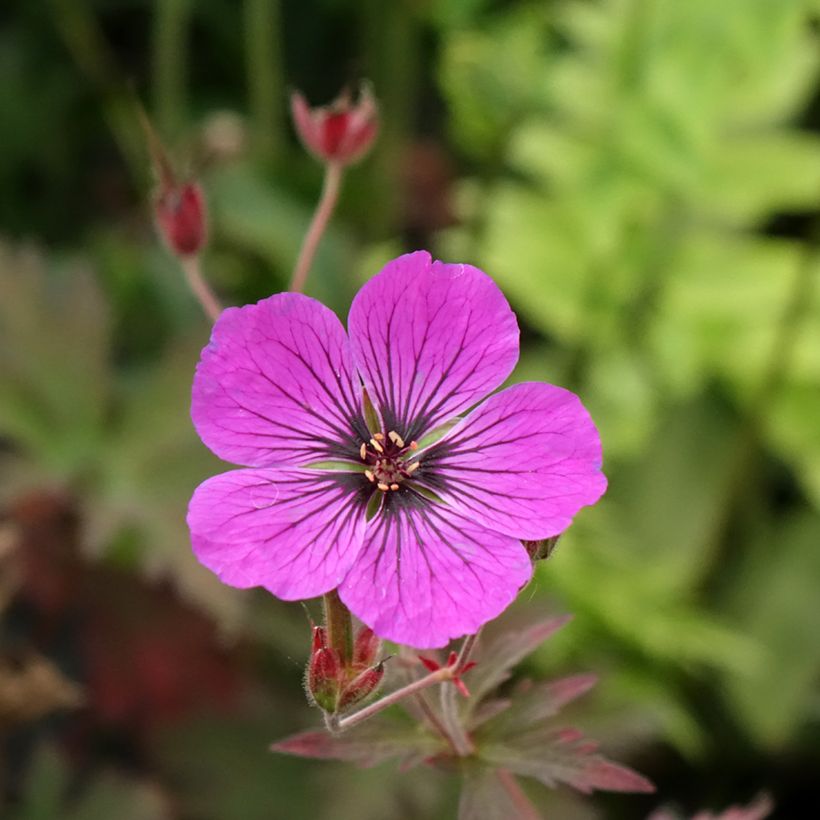

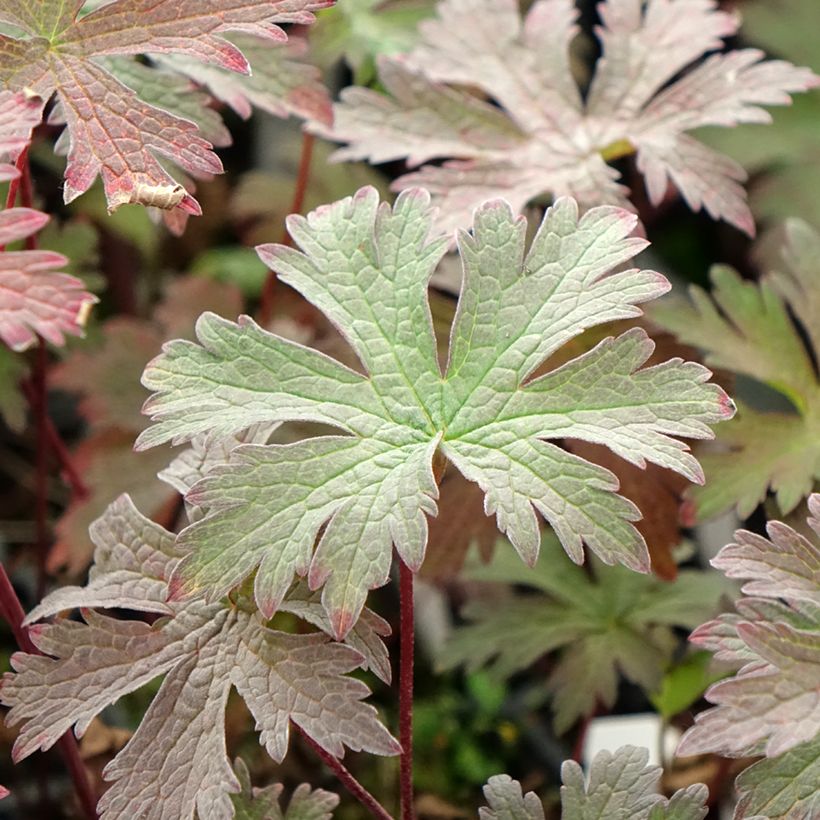

Flowering
Foliage
Plant habit
Botanical data
Geranium
pratense
Dark Eyes
Geraniaceae
Meadow Cranesbill, Meadow Geranium
Cultivar or hybrid
Other Geranium pratense
View all →Planting and care
In nature, Geranium pratense prefers woods and slopes in areas with annual mowing. It prefers a sunny exposure and a fresh, rich, rather chalky soil. In very heavy soil, mix leaf compost with garden soil. In a dry environment, it is more susceptible to powdery mildew. It tolerates shade well, although it will be less floriferous. After flowering, it is wise to cut back the stems and leaves to ground level to prevent excessive self-seeding and to encourage new foliage or even a new flowering in autumn.
Planting period
Intended location
Care
Planting & care advice
-
, onOrder confirmed
Reply from on Promesse de fleurs
Similar products
Haven't found what you were looking for?
Hardiness is the lowest winter temperature a plant can endure without suffering serious damage or even dying. However, hardiness is affected by location (a sheltered area, such as a patio), protection (winter cover) and soil type (hardiness is improved by well-drained soil).

Photo Sharing Terms & Conditions
In order to encourage gardeners to interact and share their experiences, Promesse de fleurs offers various media enabling content to be uploaded onto its Site - in particular via the ‘Photo sharing’ module.
The User agrees to refrain from:
- Posting any content that is illegal, prejudicial, insulting, racist, inciteful to hatred, revisionist, contrary to public decency, that infringes on privacy or on the privacy rights of third parties, in particular the publicity rights of persons and goods, intellectual property rights, or the right to privacy.
- Submitting content on behalf of a third party;
- Impersonate the identity of a third party and/or publish any personal information about a third party;
In general, the User undertakes to refrain from any unethical behaviour.
All Content (in particular text, comments, files, images, photos, videos, creative works, etc.), which may be subject to property or intellectual property rights, image or other private rights, shall remain the property of the User, subject to the limited rights granted by the terms of the licence granted by Promesse de fleurs as stated below. Users are at liberty to publish or not to publish such Content on the Site, notably via the ‘Photo Sharing’ facility, and accept that this Content shall be made public and freely accessible, notably on the Internet.
Users further acknowledge, undertake to have ,and guarantee that they hold all necessary rights and permissions to publish such material on the Site, in particular with regard to the legislation in force pertaining to any privacy, property, intellectual property, image, or contractual rights, or rights of any other nature. By publishing such Content on the Site, Users acknowledge accepting full liability as publishers of the Content within the meaning of the law, and grant Promesse de fleurs, free of charge, an inclusive, worldwide licence for the said Content for the entire duration of its publication, including all reproduction, representation, up/downloading, displaying, performing, transmission, and storage rights.
Users also grant permission for their name to be linked to the Content and accept that this link may not always be made available.
By engaging in posting material, Users consent to their Content becoming automatically accessible on the Internet, in particular on other sites and/or blogs and/or web pages of the Promesse de fleurs site, including in particular social pages and the Promesse de fleurs catalogue.
Users may secure the removal of entrusted content free of charge by issuing a simple request via our contact form.
The flowering period indicated on our website applies to countries and regions located in USDA zone 8 (France, the United Kingdom, Ireland, the Netherlands, etc.)
It will vary according to where you live:
- In zones 9 to 10 (Italy, Spain, Greece, etc.), flowering will occur about 2 to 4 weeks earlier.
- In zones 6 to 7 (Germany, Poland, Slovenia, and lower mountainous regions), flowering will be delayed by 2 to 3 weeks.
- In zone 5 (Central Europe, Scandinavia), blooming will be delayed by 3 to 5 weeks.
In temperate climates, pruning of spring-flowering shrubs (forsythia, spireas, etc.) should be done just after flowering.
Pruning of summer-flowering shrubs (Indian Lilac, Perovskia, etc.) can be done in winter or spring.
In cold regions as well as with frost-sensitive plants, avoid pruning too early when severe frosts may still occur.
The planting period indicated on our website applies to countries and regions located in USDA zone 8 (France, United Kingdom, Ireland, Netherlands).
It will vary according to where you live:
- In Mediterranean zones (Marseille, Madrid, Milan, etc.), autumn and winter are the best planting periods.
- In continental zones (Strasbourg, Munich, Vienna, etc.), delay planting by 2 to 3 weeks in spring and bring it forward by 2 to 4 weeks in autumn.
- In mountainous regions (the Alps, Pyrenees, Carpathians, etc.), it is best to plant in late spring (May-June) or late summer (August-September).
The harvesting period indicated on our website applies to countries and regions in USDA zone 8 (France, England, Ireland, the Netherlands).
In colder areas (Scandinavia, Poland, Austria...) fruit and vegetable harvests are likely to be delayed by 3-4 weeks.
In warmer areas (Italy, Spain, Greece, etc.), harvesting will probably take place earlier, depending on weather conditions.
The sowing periods indicated on our website apply to countries and regions within USDA Zone 8 (France, UK, Ireland, Netherlands).
In colder areas (Scandinavia, Poland, Austria...), delay any outdoor sowing by 3-4 weeks, or sow under glass.
In warmer climes (Italy, Spain, Greece, etc.), bring outdoor sowing forward by a few weeks.






























